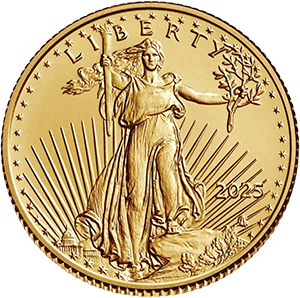
Silver’s brilliance isn’t only in its luster—it lies in its legacy. As a tenured scholar of both ancient history and modern markets, I find that the deeper one studies the rise of empires, the more often one finds silver at their core. Unlike gold, which often symbolized glory and divinity, silver was the workhorse of empire: monetized, standardized, traded, taxed, and trusted.
From the porticoes of Athens to the roads of Rome, silver underpinned the very systems that enabled societies to scale power and order. In this first essay of our three-part series, we explore how silver transitioned from a shiny curiosity into a force of economic sovereignty.
The Greek City-States and the Silver Mines of Laurium
In the 5th century BCE, just southeast of Athens, the Laurium mines began to yield astonishing quantities of silver ore. The timing could not have been more pivotal. Athens was transforming itself from a relatively minor city-state into a maritime empire—and it was silver that made it possible.
Under the statesmanship of Themistocles, Athens used the revenue from Laurium to build a formidable fleet of triremes. This naval force would defeat the Persians at Salamis and secure Athenian dominance over the Aegean. It is no overstatement to say that without silver, there would have been no Athenian Empire—and likely, no Parthenon, no Golden Age, and no Platonic Academy.
Athens’ use of silver as both currency and strategic capital is instructive even today. Just as investors now buy silver as a hedge against economic uncertainty, Athens invested in silver to preserve its independence and control trade routes.
Rome and the Rise of the Silver Denarius
Fast-forward several centuries, and we arrive at the Roman Republic—a civilization that mastered the political utility of coinage. Introduced around 211 BCE during the Second Punic War, the silver denarius quickly became the backbone of Roman finance.
Rome understood that empire-building required more than just swords—it required the trust of traders, the loyalty of legions, and the ability to tax across continents. Silver coinage provided a reliable, transportable, and universally accepted medium of exchange. Even as Rome expanded into Gaul, North Africa, and the Near East, the denarius remained the trusted standard—an early example of how precious metals transcend borders.
Importantly, Roman emperors knew that debasing silver coinage could lead to economic ruin. When silver content dropped too low, inflation followed, trust eroded, and rebellion often loomed. Modern parallels abound: just as Rome faced the limits of fiat manipulation, so too do today’s central banks. The case for gold ownership and silver investing remains deeply historical and deeply human.
Silver as the Foundation of Monetary Culture
What made silver so effective in the ancient world?
-
Durability: It didn’t rust, decay, or perish—perfect for long-term storage and transport.
-
Divisibility: Silver could be melted, coined, or weighted to meet diverse transactional needs.
-
Universality: While gold was rarer and more ceremonial, silver coins were practical and widespread, making them ideal for daily commerce and military payrolls.
-
Tangible Trust: Unlike promises or papyrus notes, silver held intrinsic value—a fact civilizations respected, and one that investors continue to appreciate today.
Reflections on Then and Now
The economic lessons of antiquity are not relics of the past; they are guideposts for the present. When we see increased interest in gold as a safe haven, or when individuals look to buy silver during inflationary spikes, we are watching history repeat itself in modern dress.
To truly understand the appeal of precious metals investment, one must step outside the headlines of today and into the shadows of yesterday—where kings, senators, and generals grappled with the same eternal question: how do we preserve power?
Their answer, more often than not, was silver.

